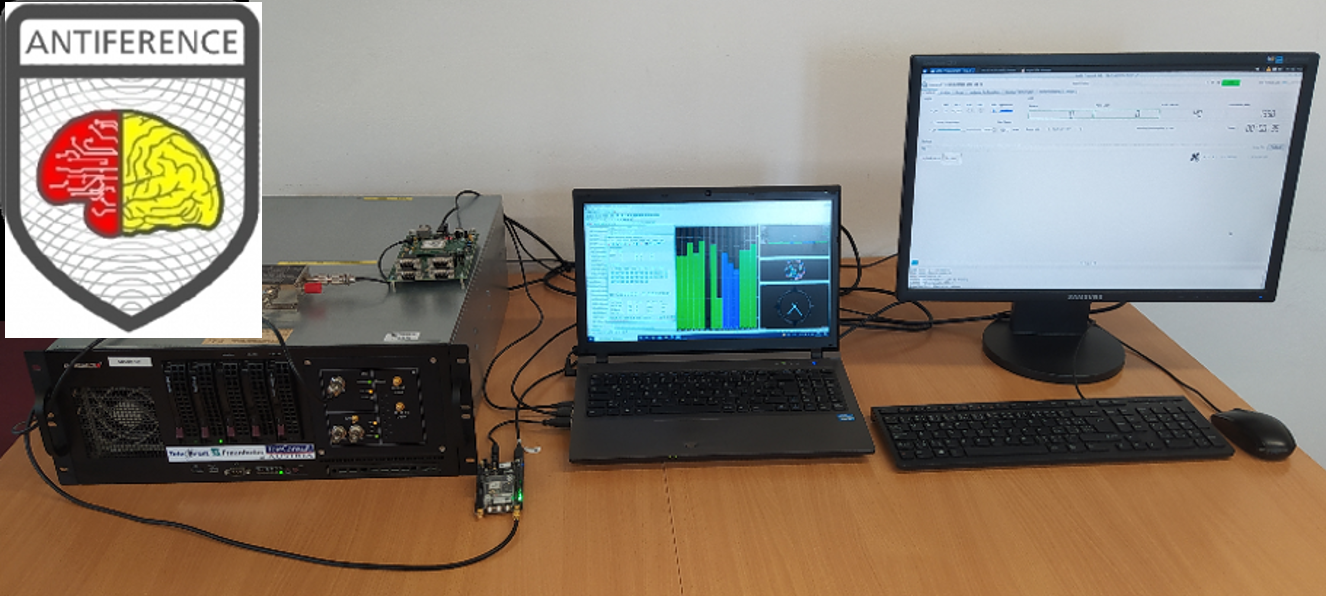NAVSIP project investigates new GNSS interference methods
Last Updated: 18/07/2022 12:51 Created at: 18/07/2022 12:49

Final Presentation of NAVISP Project EL1-051 now available:
On Friday, July 15, 2022, a consortium led by OHB digital solutions presented the results of the NAVISP project “New Concept for Evolutive Mitigation of RFI to GNSS (Antiference)”.
It is well known that GNSS based systems are subject to intentional and unintentional interference. These are major threats to the users of GNSS-based positioning with current detection and mitigation techniques lacking the adjustability to handle the growing difficulty in GNSS interference attacks. This project developed an Antiference system that used machine learning to detect both known and unknown interferences. The Antiference systems works in a similar way to antivirus software by detecting the threat’s fingerprints of received signals then storing these fingerprints in a database, which can be shared among different receivers to further increase usefulness. The system is capable of using machine learning to detect and characterize the type of jamming using the spectrogram of the received signal with a detection rate of 94% based on lab environment results.
Within the scope of the project and thanks to the support of NAVISP, OHB has succeeded in implementing a concept demonstrator that shows the high potential of machine learning methods to detect and classify RFI. The next steps for the project would be to further develop the concept demonstrator to enable demonstration of the capabilities within an integrated receiver concept using standard FPGA/CPU/GPU-based system.
The project was part of NAVISP Element 1 which aims to generate innovative concepts, techniques, technologies and systems linked to the PNT sector, along the entire value chain.
More detailed information can be found in the slides of the Final Presentation.
